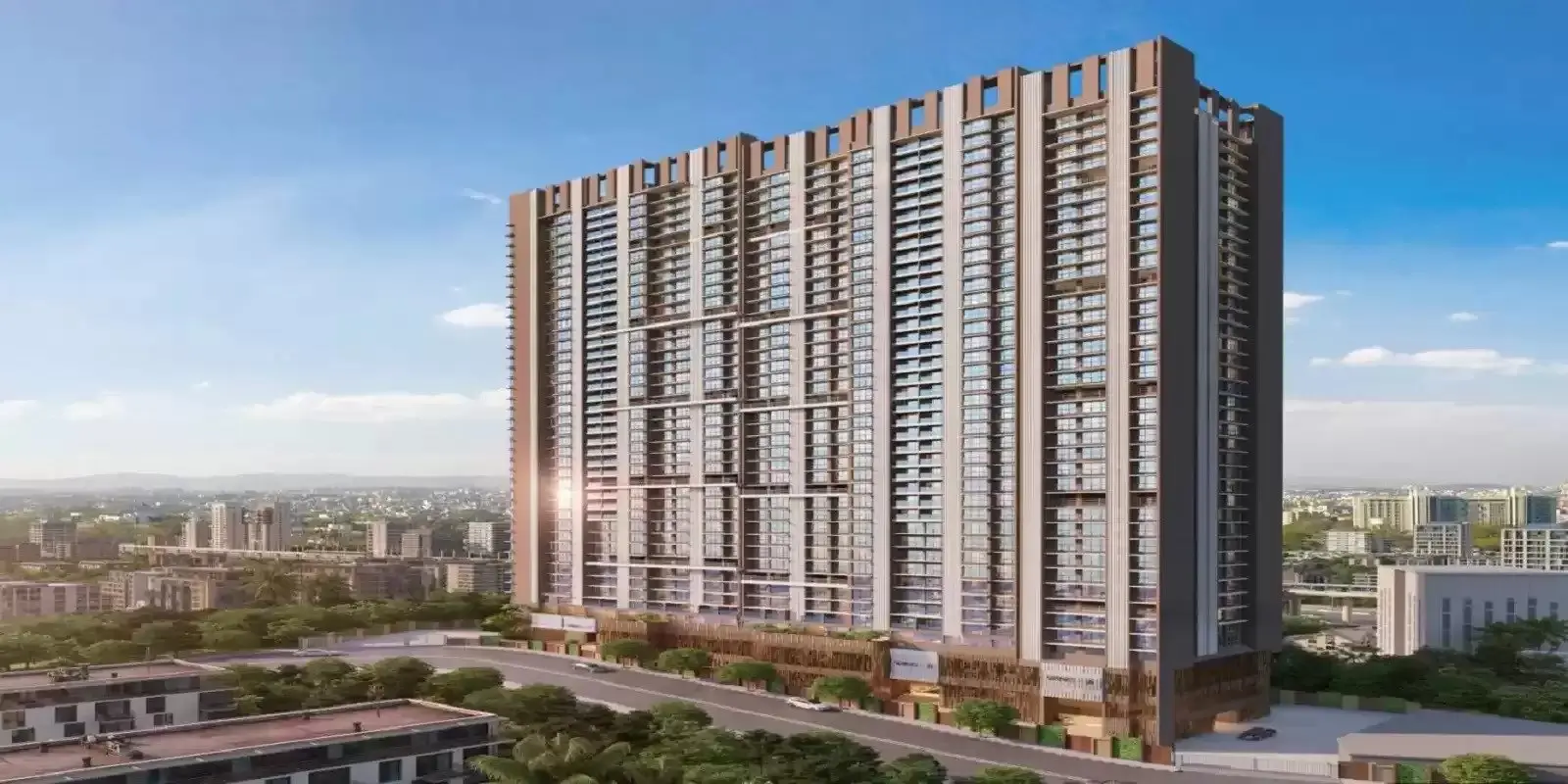Malad East is a suburb in the western part of Mumbai, India. It is known for its bustling streets, commercial complexes, and residential areas. The real estate sector in Malad East has undergone a significant evolution over the years, with numerous developments taking place that have changed the face of this suburb. In this blog, we will discuss the evolution of real estate in Malad East.
In the early days, Malad East was primarily a rural area with a few villages and farmlands. There were very few residential areas, and the land was mostly used for agriculture. However, in the 1980s and 1990s, a massive influx of people from different parts of the city and state led to a rapid population increase. This rapid inflow of people led to the need for more housing and infrastructure, eventually leading to the development of the real estate sector in Malad East.
As of today, the average price per sq ft stands at an estimated ₹17,505, with an average 2 BHK flat in Malad East ranging between ₹1.07 Cr – ₹3.30 Cr.
The first phase of real estate development in Malad East started in the late 1990s when several housing societies were built to cater to the growing population. These societies offered basic amenities like water, electricity, and security and were affordable for the middle class. This development phase continued well into the 2000s, with more and more societies coming up in different parts of Malad East.
In the mid-2000s, Malad East saw the emergence of several commercial complexes, which changed the suburb’s landscape. Several malls, shopping centres, and office buildings were constructed, which provided job opportunities for the local population and boosted the local economy. These commercial developments also brought in more people to the area, increasing the demand for housing.
The next phase of real estate development in Malad East started in the late 2000s, with high-rise buildings and luxury apartments being constructed. These apartments were built to cater to the affluent population and offered amenities like swimming pools, gyms, and other luxury facilities. These luxury apartments were priced higher than the middle-class societies, and this marked a shift in the real estate market in Malad East.
In recent years, Malad East has witnessed a surge in the development of affordable housing projects. These projects aim to provide housing for the low-income population, who cannot afford the high prices of luxury apartments. These affordable housing projects have been supported by the government, which has provided subsidies and incentives for developers who build such projects. This has led to an increase in the supply of affordable housing in Malad East, which has helped reduce the housing shortage in the area.
Conclusion
The evolution of real estate in Malad East has been significant over the years. From a rural area to a bustling suburb, Malad East has seen the construction of several housing societies, commercial complexes, high-rise buildings, and luxury apartments. The real estate sector’s development has provided housing for the growing population and boosted the local economy by creating job opportunities. With the emergence of affordable housing projects, Malad East is poised to continue its growth and development in the years to come.
